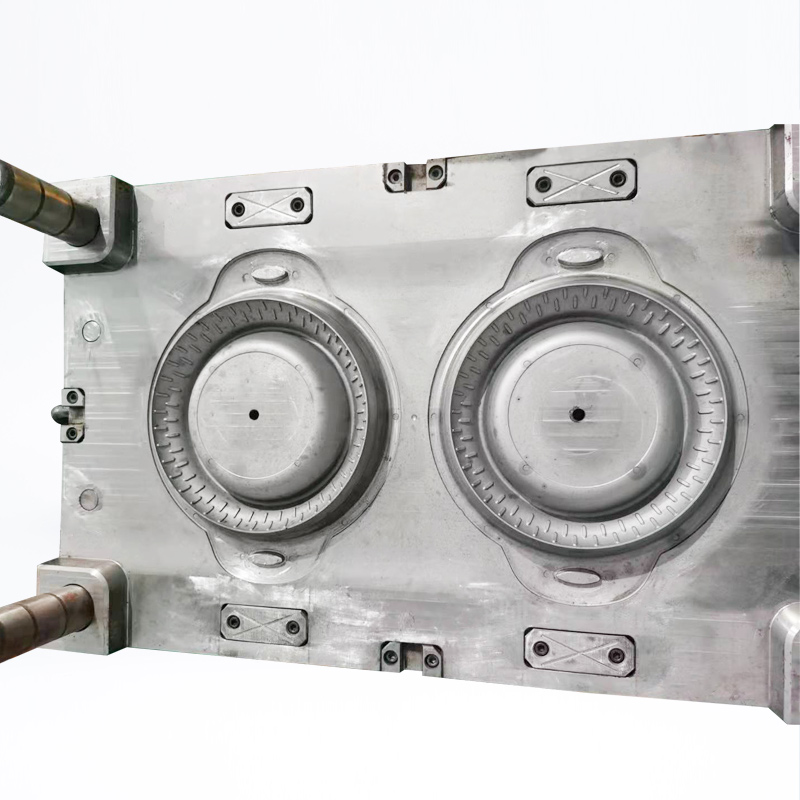In recent years, multi-color injection molding has emerged as a game-changing technology that enables manufacturers to create visually stunning and highly functional products. By injecting multiple colors into a single mold, this process traditional approach to manufacturing, opening doors to endless design possibilities. This article will explore the intricacies of multi-color injection molding and its impact on various industries, highlighting the versatility, efficiency, and aesthetic appeal it brings to product design.
Multi-color injection molding involves the precise injection of different colored thermoplastics into distinct sections of a molding tool. This process requires sophisticated machinery, including specialized injection molding machines equipped with multiple injection units, each capable of injecting a specific color. The melt streams from these units meet inside the mold cavity, resulting in visually appealing products with intricate color patterns and gradients. Manufacturers are now able to offer consumers highly customized products with precise color placements, creating a premium and unique user experience.
The adoption of multi-color injection molding has significantly expanded design capabilities, allowing product designers to create complex, multi-component parts with ease. With this technology, it is now possible to incorporate multiple colors, patterns, and textures into a single product, providing unprecedented flexibility for designers to express their creativity. This development has a profound impact on industries such as automotive, electronics, consumer goods, and even healthcare, where personalized aesthetics create a competitive edge.
The advantages of multi-color injection molding extend beyond aesthetics, offering manufacturers enhanced efficiency and cost-effectiveness. By combining multiple manufacturing steps into one streamlined process, product development timelines are shortened, reducing time-to-market. Additionally, using a single mold for multi-color injection molding ensures consistency and accuracy across production batches, enhancing quality control. The ability to manufacture multi-color parts in a single operation also eliminates assembly and secondary operations, saving costs and reducing waste.
The adaptability of multi-color injection molding technology has made it a favored choice across a range of industries. In the automotive sector, it enables the production of automotive interiors with intricate patterns and vibrant colors, elevating the aesthetic appeal of vehicles. Within the consumer electronics industry, multi-color injection molding offers the ability to create visually striking casings for electronic devices and accessories, enhancing brand differentiation. The medical industry benefits from this technology as well, as it allows for the development of medical devices with color-coded components, which aids in customization, identification, and safety.
As multi-color injection molding continues to evolve, ongoing research and development are expanding its capabilities. Innovations in machinery, materials, and pigments offer even greater possibilities for complex and customized designs. The integration of smart technologies, such as digital injection systems, will further enhance efficiency and enable real-time adjustments to color placement and patterns. It is expected that the future of this technology will see an increase in demand as manufacturers seek differentiation, personalization, and improved customer experiences.
Multi-color injection molding is a groundbreaking technology that has product design across industries. From enhanced aesthetics to increased efficiency, this process has paved the way for endless design possibilities and customization options, satisfying the growing consumer demand for unique and visually appealing products. As advancements in multi-color injection molding continue, it will undoubtedly shape the future of manufacturing, enabling the creation of innovative and captivating products.



